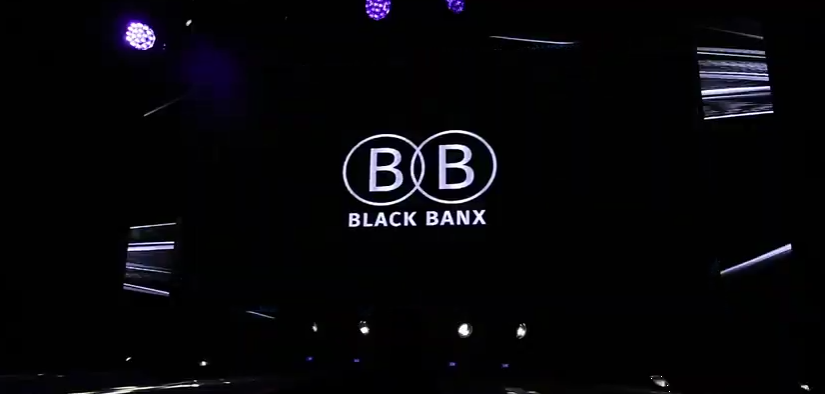Today, the Social Media Animal Cruelty Coalition (SMACC), a collaborative network of 29 animal protection organisations, has released a groundbreaking report exposing the growing threat of “fake animal rescue” content on social media platforms. Titled Spot the Scam: Unmasking Fake Animal Rescues, the report calls on social media companies to prioritize animal welfare over financial gain and urges the public to be vigilant in recognizing and reporting such content.
The report highlights the disturbing trend of fake rescue content, which depicts animals in dangerous situations only for the so-called rescuer to stage a dramatic intervention for views and donations. This type of content often involves intentionally harming or placing animals in perilous circumstances, making the rescuers complicit in their suffering.
Alan Knight, president of International Animal Rescue, commented on the report, stating, “The setting up of fake rescues is a particularly vile and sickening way to exploit and abuse animals for money – and even more so because it plays on the compassion and kindness of an unwitting audience eager to see suffering animals saved from harm. It’s easy to be misled into thinking a scene of an animal needing help is genuine, and that is why it’s essential that social media platforms do much, much more to identify and remove this type of content.”
To help the public recognize and avoid fake animal rescue content, International Animal Rescue has developed a four-step guide and video. The guide can be accessed on their website, and the video can be found on their social media channels.
The SMACC conducted research into the prevalence of fake rescue content on social media and found that over six weeks, 1022 links to such content were collected from Facebook, Instagram, YouTube, TikTok, and Twitter/X. These links had been watched a staggering 572,013,959 times. The report also found that almost 52% of these links were on platforms owned by Meta, such as Facebook and Instagram, with YouTube and TikTok featuring a quarter of the total content. Additionally, 21% of fake rescue creators asked for donations under the guise of helping animals, often through PayPal links. Furthermore, the study revealed that a significant number of the links (22%) were suggested to researchers by the platform’s algorithm.
Fake rescue content often portrays animals in dangerous situations, such as being abandoned on the streets, buried alive, trapped, or attacked by predators, and in need of urgent medical attention. However, very little is known about the fate of these animals after the video is filmed. It is unclear what conditions they are kept in, how they are treated by the content creators, or if they are kept in suitable environments. The most commonly featured animals in fake rescue content were kittens, puppies, and young monkeys, with cats being the most featured animal at 42%, followed by primates, dogs, snakes, and turtle species.
The full report can be viewed on the International Animal Rescue website. The organization urges the public to be cautious and report any suspicious animal rescue content they come across on social media.







